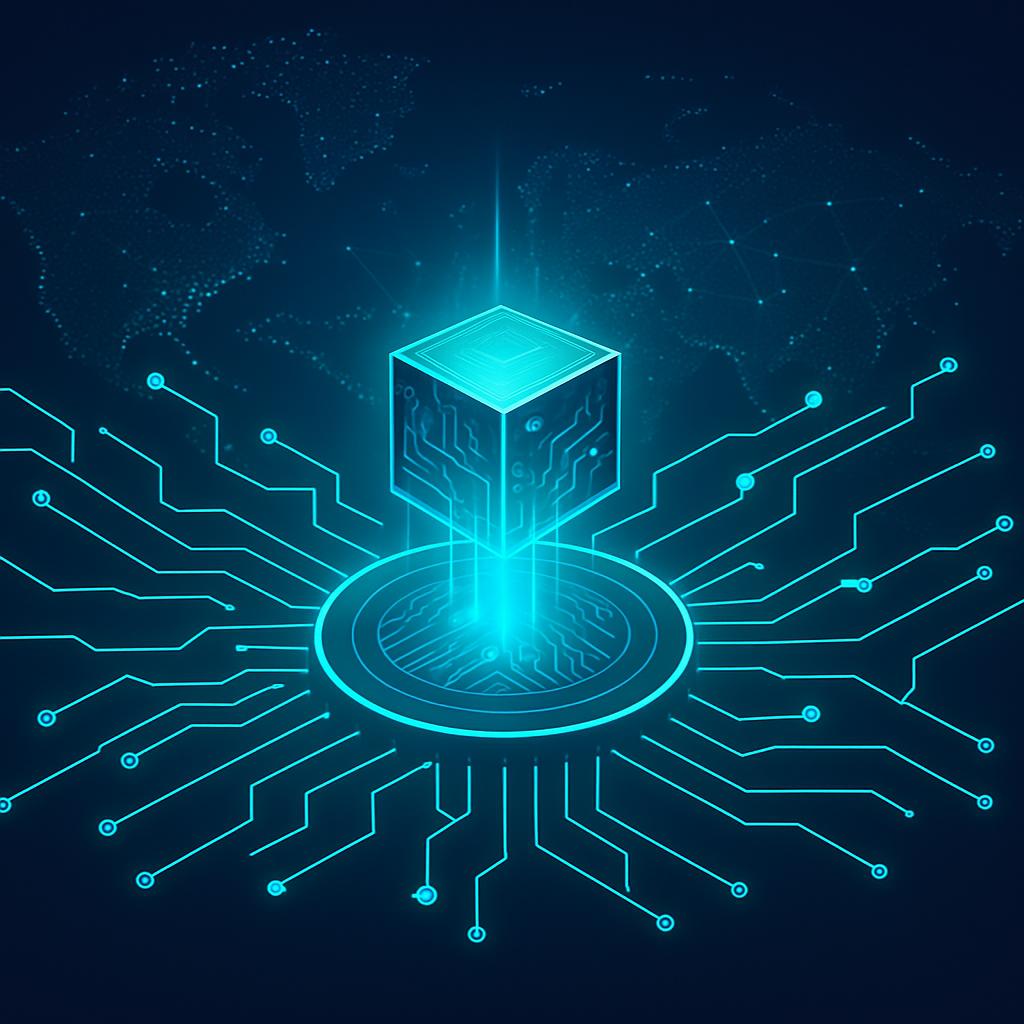Datagram has officially unveiled its Core Substrate — a decentralized backend designed to support the next generation of DePIN (Decentralized Physical Infrastructure Networks) and real-world dApps. The feature went live on April 3, and is already in active discussions with several major blockchain ecosystems, crypto.news has learned.
Built as a plug-and-play alternative to centralized cloud providers, Datagram’s Core Substrate allows developers to easily deploy custom DePIN networks and applications without the heavy technical lift usually associated with Web3 integration.
A Foundation for the DePIN Ecosystem
Positioned as a foundational layer for DePINs, Datagram’s Core Substrate draws comparisons to systems like Cosmos SDK or Polkadot’s Substrate—but with a unique focus on immediate, scalable deployment.
“What we really are is a substrate and foundation upon which other DePINs can be built and can operate,” said Jason Brink, co-founder of Datagram.
“When you think of Ethereum, you think of token launches. When you think of Solana, you think of meme coins. When you think of DePIN, you should think of Datagram.”
Datagram supports high-demand use cases including:
- Content delivery networks (CDNs)
- Decentralized SaaS
- AI inference
- Multiplayer gaming synchronization
A Decentralized Alternative to AWS — With Real Cost Savings
By replacing traditional cloud infrastructure like AWS, Datagram offers businesses a decentralized backend for services such as file storage, real-time compute, and communications—with cost savings between 70–90%, according to the company.
More importantly, it eliminates vendor lock-in while preserving performance, privacy, and flexibility. Even non-crypto businesses can benefit, thanks to built-in automation that abstracts away all on-chain complexity.
Real-Time UDP Support for Latency-Sensitive Applications
A standout innovation in Datagram’s stack is its ability to support real-time UDP-based communication across a decentralized network. This makes it ideal for:
- Video and voice calls
- Multiplayer gaming
- Real-time AI compute tasks
Such features make Datagram a serious contender for powering low-latency, high-performance Web3 applications, without compromising on decentralization or scalability.
With Core Substrate now live and integrations already underway, Datagram is positioning itself not just as an infrastructure provider—but as the foundation of the emerging DePIN economy.



